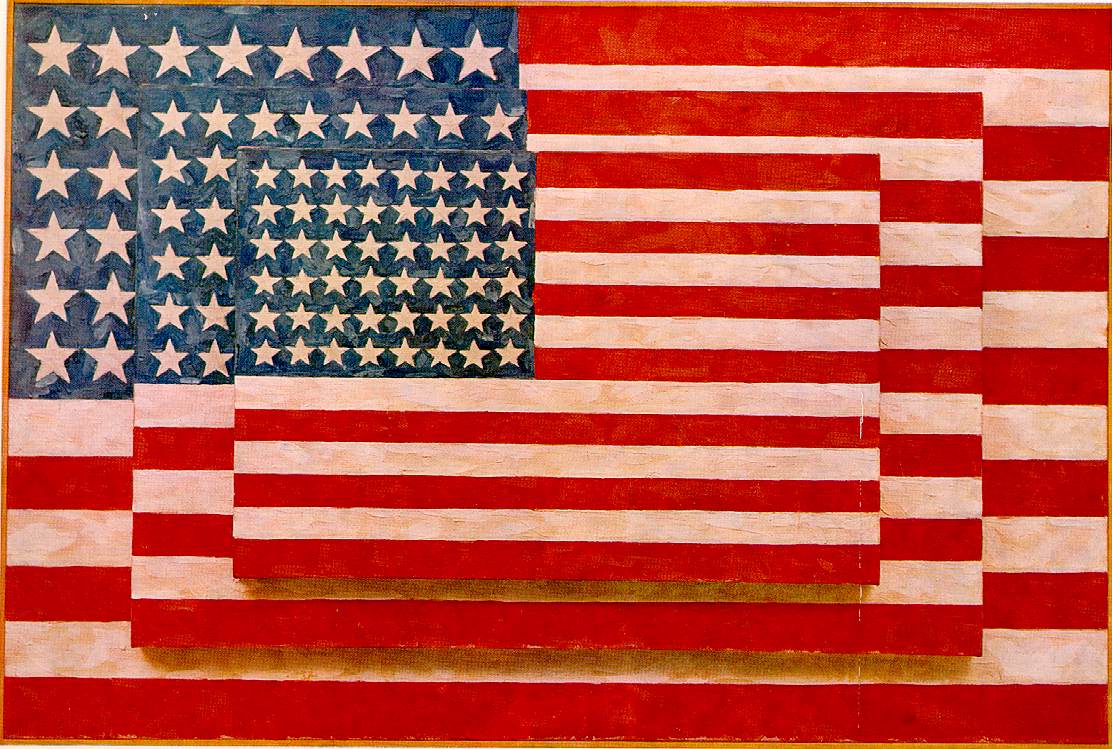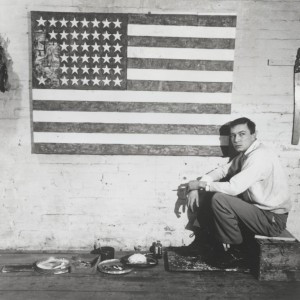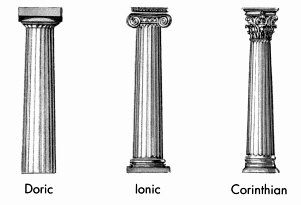

Johns was making something new: recognizable, but different. And in Johns’ hands, flags — sacred objects to many — are a bit off-putting, intentionally. He paints, in his words, “things the mind already knows” and makes us see them differently.
“Trying to take you off your guard a little bit as a viewer — slow down and look in a new way,” Heyler says.
Johns also made a series of target and number paintings during the same period. In this piece the artist painted three separate flags and attached them to each other, creating a three-dimensional object.
“Do something, do something to that, and then do something to that.” Jasper Johns.
Jasper Johns Flag Interview
Jasper Johns – An Allegory of Painting 1955 – 1965
Commentary
While Johns’ painting extended the allover compositional techniques of Abstract Expressionism, his use of these techniques stresses conscious control rather than spontaneity.
The mature work of Jasper Johns begins in 1955 with his use of the American flag.
In the expressionist paint strokes of John’s flags, the vocabulary of geometry reentered American art. And the application of painterly richness of surface to a commonplace American icon signaled the transition from Abstract Expressionism to Pop Art.



































